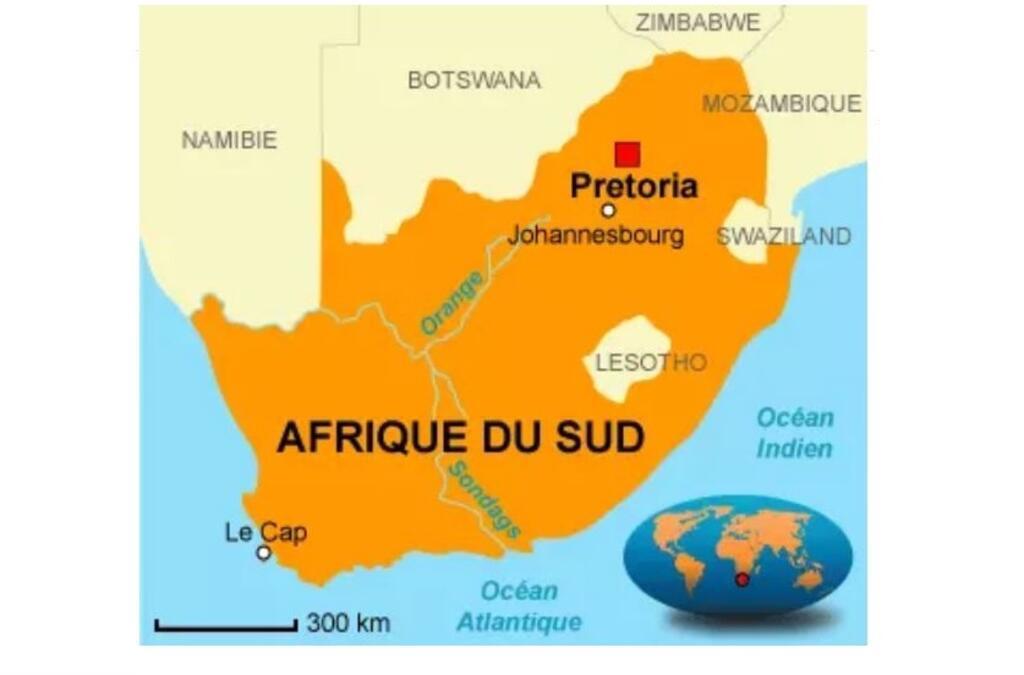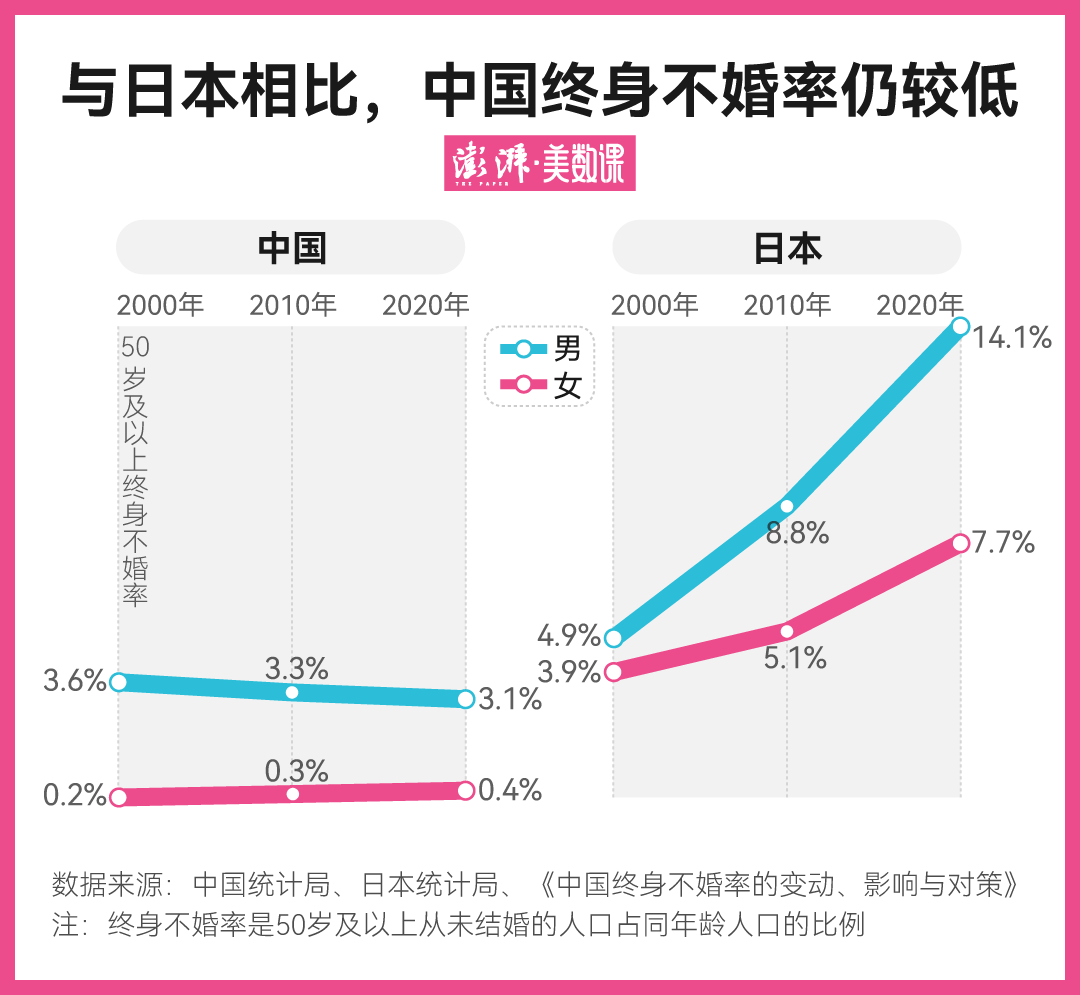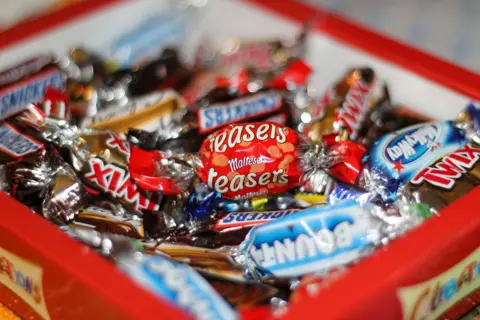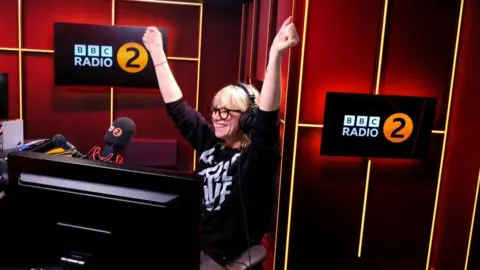刚果(金)南基伍省战火持续 - RFI - 法国国际广播电台

非洲国家刚果民主共和国(RD Congo)东部地区的局势被列入了联合国安理会2025年12月12日星期五的讨论话题。在刚果(金)的南基伍省(Sud-Kivu),继乌维拉(Uvira)被反叛政治军事团体[刚果河联盟/03月23日运动](AFC/M23)夺取之后,一百公里外的巴拉卡(Baraka)如今受到威胁,情势危机。与此同时,本台法广(RFI)非洲通讯员自刚果(金)首都金沙萨(Kinshasa)发回消息说,该国政府高官表示,解放南基伍省的战役尚未结束。
据本台法广非洲组(RFI Afrique)今天(2025年12月13日)周六的法文报道。在刚果(金)东部地区的南基伍省(Sud-Kivu),巴拉卡(Baraka)现在成为了第三个受到[刚果河联盟/03月23日运动](AFC/M23)威胁的城市。
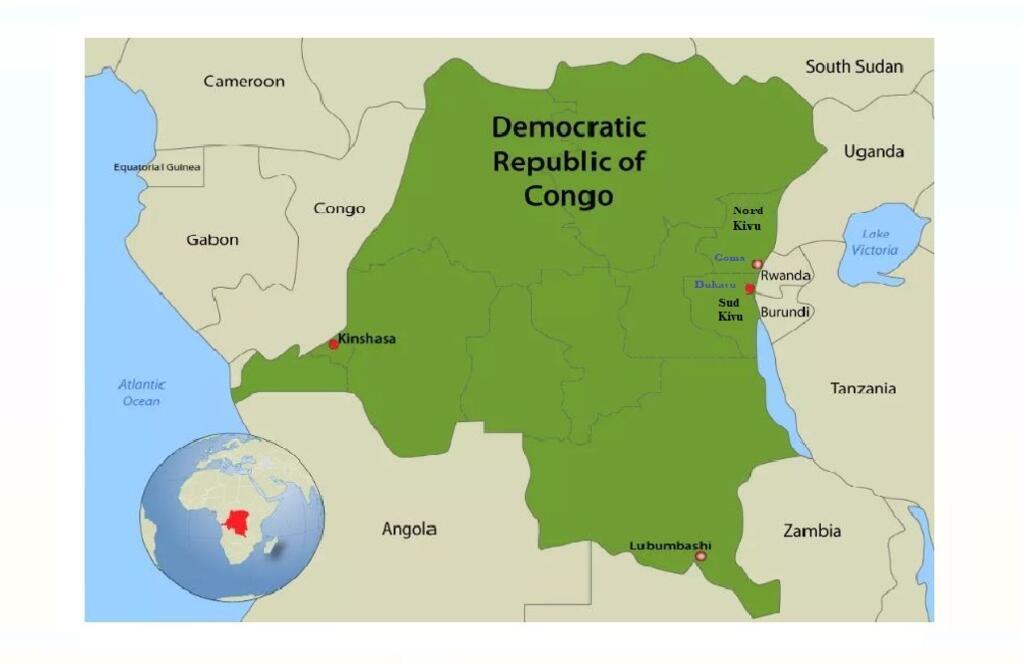
稍早前,得到邻国卢旺达支持的刚果(金)东部反叛政治军事团体刚刚占领了乌维拉(Uvira)。在首都金沙萨(Kinshasa),一名部长级高官向外交使节们表示,刚果(金)武装力量在盟军的支持下,正在重组和重新部署,以捍卫国家领土完整。这名部长表示,解放南基伍省的战役尚未结束。
-- 刚果(金)东部地面局势依旧紧张 --
据本台法广(RFI)非洲通讯员宝琳娜(Paulina)发自金沙萨(Kinshasa)的消息:在刚果民主共和国乌维拉(Uvira)以南约100公里、一直延伸至巴拉卡(Baraka)的这片区域里,地面局势依旧高度紧张。
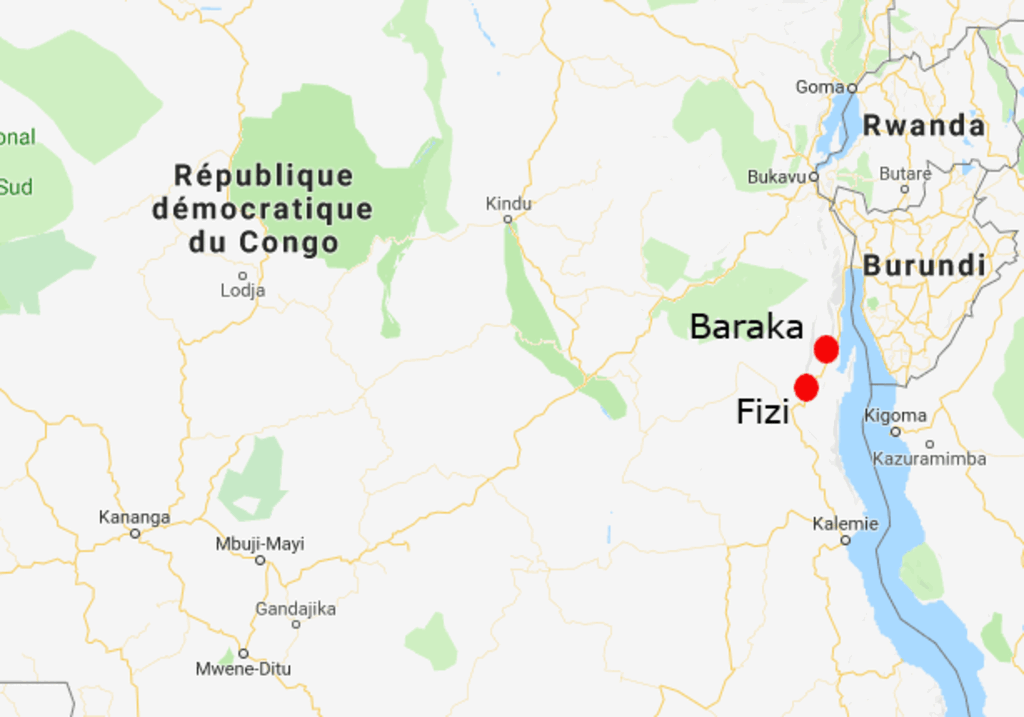
据安全领域消息渠道周五透露,巴拉卡(Baraka)城内听到疑似出自刚果民主共和国武装力量(FARDC)的枪声,但具体情况不明。另有报道称,Mboko附近也发生了摩擦。冲突双方是Wazalendo自卫民兵和目前仍暂驻在乌维拉(Uvira)附近的[刚果河联盟/03月23日运动](AFC/M23)武装人员。
-- 国际人道救援组织暂停医疗活动 --
同一报道说,面对安全局势的恶化,无国界医生组织或[医生无疆界]组织(MSF-Médecins sans frontières)宣布提前暂停在这一地区的医疗活动。这一非政府组织(ONG)于08月份发起了一项针对疟疾(le paludisme)的紧急行动,原定计划预计持续到明年一月底。如今,所有团队都已撤离。但[医生无疆界]组织(MSF)发出警告说,当地正值雨季,卫生状况令人担忧。[医生无疆界]组织(MSF)南基伍省事务负责人在一份声明中告知:当前正处于疟疾流行的高峰期,令人感到担忧的是,我们不能为民众提供所需的援助。
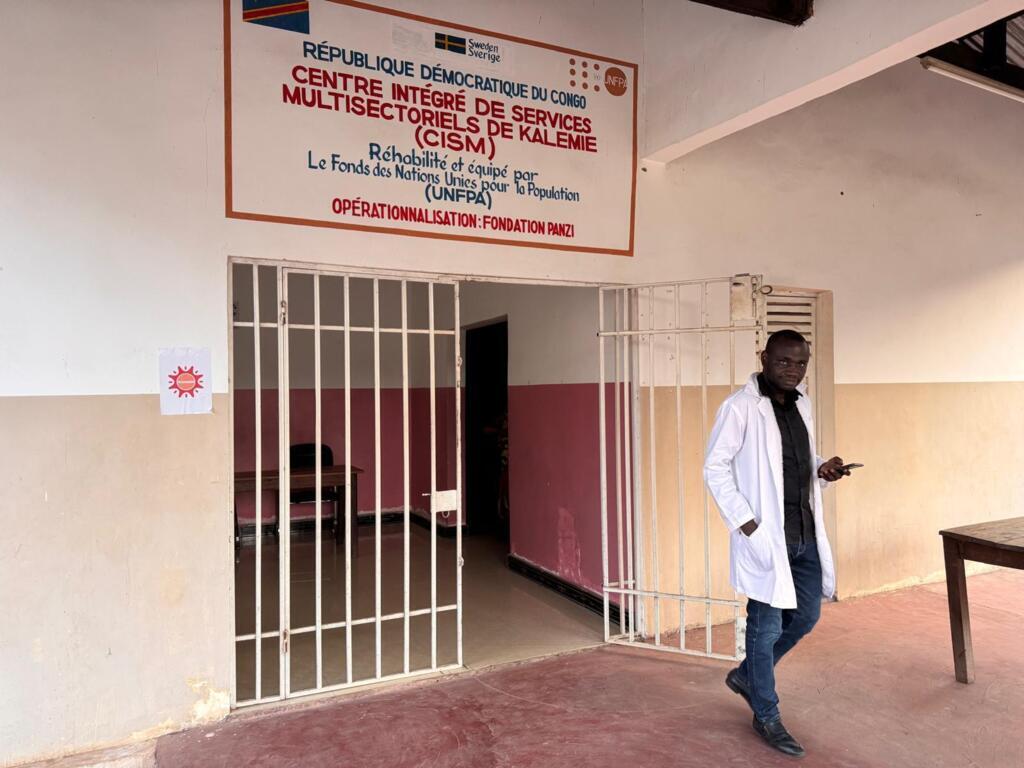
-- 动荡局势再次导致民众流离失所 --
本台法广非洲组(RFI Afrique)的这篇法文报道最后指出,刚果(金)东部的安全不稳定性再次导致人口的迁徙。南基伍(Sud-Kivu)的居民们已经跨省,进入邻近的坦噶尼喀省(Tanganyika)。在卡莱米(Kalemie),一位在这里已经逗留数月之久、原籍布卡武(Bukavu)的流民证实,又有一批新的流离失所者涌入。
( 翻译和编辑:法广 RFI 电台 尼古拉 )
~. Fin.~


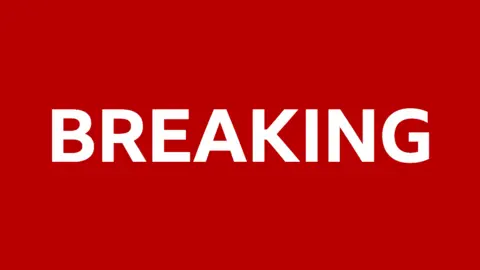


![存档图片 / 非洲 - 南非:[非国大]总书记菲基莱·姆巴卢拉(Fikile Mbalula)
Image d'archive / Afrique du Sud : Fikile Mbalula, avant d'être élu secrétaire général de l'ANC en mars 2023, il était ministre. Ici, Fikile Mbalula, ministre sud-africain des Sports, le 28 mai 2015 à Johannesburg. (illustration)](https://s.rfi.fr/media/display/61124aca-14b8-11ea-b27b-005056a99247/w:1024/af%20sud_0.JPG)
